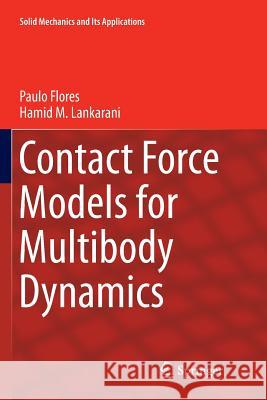Contact Force Models for Multibody Dynamics » książka
topmenu
Contact Force Models for Multibody Dynamics
ISBN-13: 9783319809113 / Angielski / Miękka / 2018 / 171 str.
Kategorie:
Kategorie BISAC:
Wydawca:
Springer
Seria wydawnicza:
Język:
Angielski
ISBN-13:
9783319809113
Rok wydania:
2018
Wydanie:
Softcover Repri
Ilość stron:
171
Waga:
0.26 kg
Wymiary:
23.39 x 15.6 x 0.97
Oprawa:
Miękka
Wolumenów:
01
Dodatkowe informacje:
Wydanie ilustrowane











